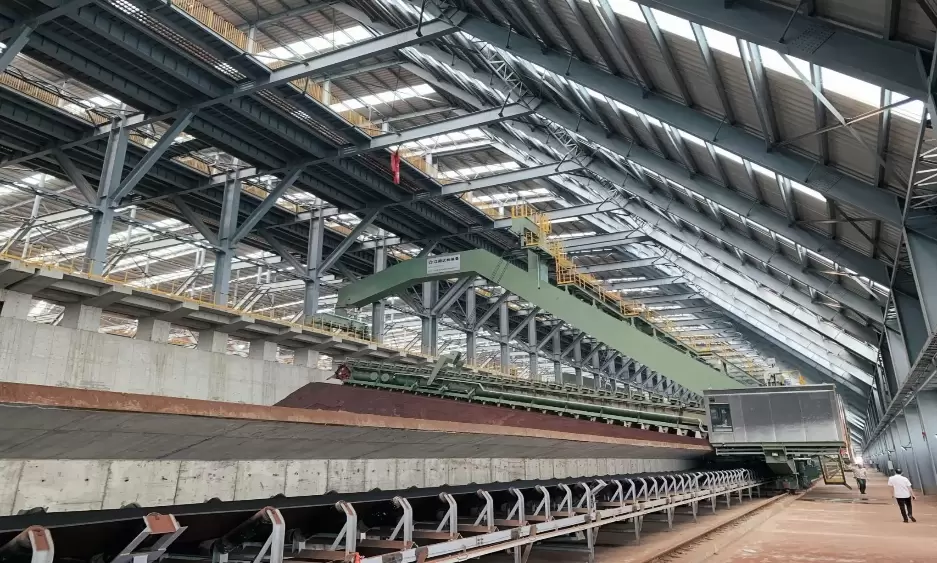In today's world, energy efficiency has become a crucial factor in various industries. Pumps, being an integral part of many processes, play a significant role in determining energy consumption. However, with a multitude of pump types available, it can be challenging to identify the most energy-efficient option. In this blog post, we will delve into the comparison of different pump types to determine which one reigns supreme in terms of energy efficiency.
- Understanding Pump Efficiency:
Before diving into the specifics of different pump types, it is essential to grasp the concept of pump efficiency. Pump efficiency refers to the ratio of the energy output (fluid power) to the energy input (shaft power). Higher pump efficiency implies less energy wastage, resulting in reduced operational costs and environmental impact. - Centrifugal Pumps:
Centrifugal pumps are widely used in various industries due to their simplicity and versatility. These pumps operate by converting rotational energy into kinetic energy, which then imparts velocity to the fluid. Centrifugal pumps are known for their high flow rates and moderate-to-high head applications. However, their efficiency can vary depending on factors such as impeller design, size, and operating conditions. - Positive Displacement Pumps:
Unlike centrifugal pumps, positive displacement pumps deliver a fixed volume of fluid per cycle, regardless of system resistance. These pumps are suitable for applications requiring high pressure or viscous fluids. Positive displacement pumps can be further classified into reciprocating and rotary pumps, each with its own energy efficiency characteristics. - Reciprocating Pumps:
Reciprocating pumps utilize a piston or plunger to displace the fluid, creating pressure. These pumps are known for their ability to handle high pressures and low flow rates. However, due to their reciprocating motion, they can be less energy-efficient compared to other pump types, especially at higher flow rates. - Rotary Pumps:
Rotary pumps, such as gear pumps, screw pumps, and vane pumps, operate by trapping fluid between rotating components and the pump casing. These pumps offer advantages such as smooth flow, self-priming capabilities, and the ability to handle varying viscosities. Rotary pumps generally exhibit higher energy efficiency than reciprocating pumps, making them a preferred choice for many applications. - Comparing Energy Efficiency:
When comparing the energy efficiency of different pump types, it is crucial to consider factors such as pump design, size, operating speed, and system requirements. Additionally, the specific application and fluid properties play a significant role in determining the most energy-efficient pump type. Conducting a thorough analysis, including lifecycle costs, can provide a comprehensive understanding of the overall energy efficiency of a pump.
Conclusion:
In the quest for energy efficiency, choosing the right pump type is paramount. While centrifugal pumps offer high flow rates, positive displacement pumps, including reciprocating and rotary pumps, cater to specific requirements. Rotary pumps generally exhibit higher energy efficiency, but the final choice depends on the application's unique demands. By considering factors such as pump design, size, and operating conditions, industries can make informed decisions to optimize energy consumption and reduce environmental impact.


